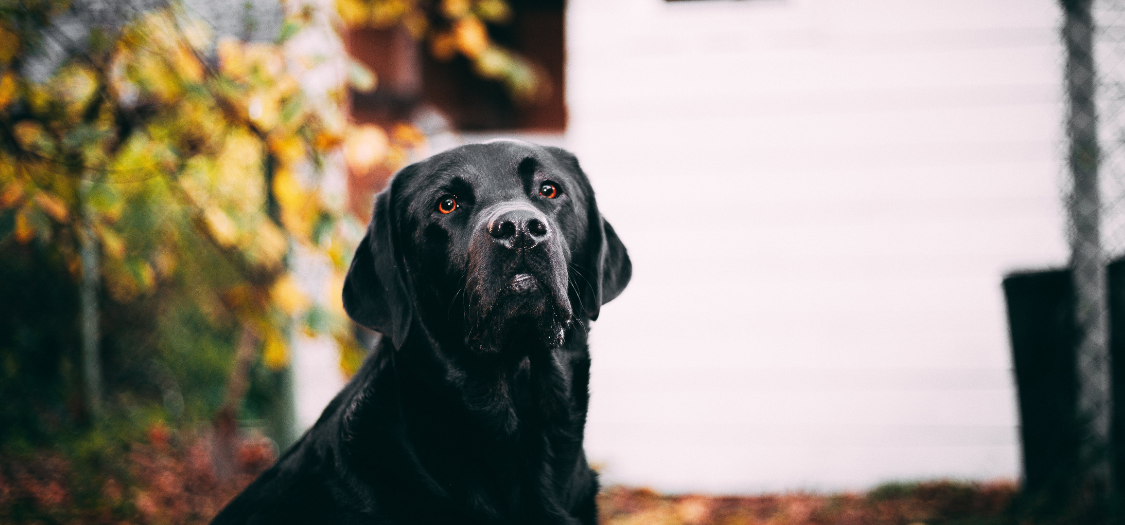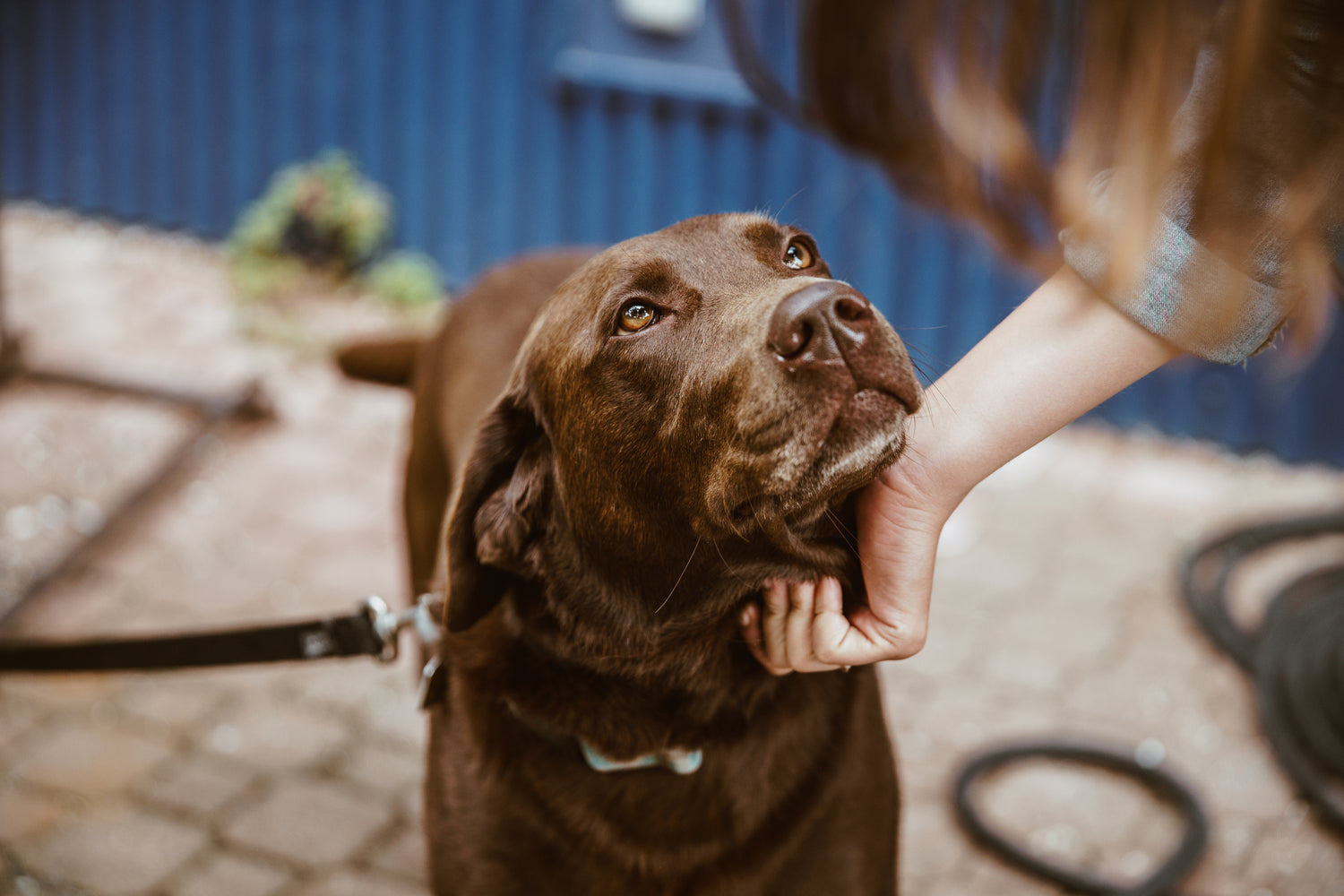Does My Dog Have Hip Dysplasia?
What Should I Do?

Hip dysplasia in dogs is the single most common inherited orthopaedic problem dogs experience.
Hip dysplasia in dogs is where abnormalities occur in the hip joint(s), usually while your dog is young. These abnormalities are related to the shape of the hip, ball and socket, and the development of arthritis/osteoarthritis.
If there are signs of hip dysplasia in your dog, it's important that you take them to your vet to be properly assessed. This should involve a physical examination and x-rays, to help determine the level of dysplasia present. An x-ray is the only definitive way of diagnosing hip dysplasia. Once hip dysplasia is confirmed, the x-rays will be examined to determine severity. Once the level of severity is identified, you and your vet can discuss and form the most appropriate treatment plan for your individual dog.
The severity of hip dysplasia for dogs can vary from a poorly shaped hip joint with osteoarthritis (a common form of arthritis), to a very deformed hip joint with advanced and very painful osteoarthritis.
Treatment for hip dysplasia in a dog varies depending on the severity of the hip dysplasia and the level of pain a dog's experiencing from it. Sadly, once a dog has developed hip dysplasia, it cannot be reversed and so treatment and management is either surgical or conservative (non-surgical).
Read more on treatment for hip dysplasia in a dog here https://zoomadog.co.uk/blogs/blog/faq-hip-dog-dysplasia-what-to-do
Read more about Dog Hip Dysplasia Causes, Prevention and How to Help at home https://zoomadog.co.uk/collections/dog-hip-dysplasia-braces-signs-and-treatment
What Should I Do?
What Are The First Signs of Hip Dysplasia In Dogs?
What Are The Different Levels of Hip Dysplasia in My Dog?
What Should I Do?
What Should I Do?
For Hip Dysplasia For A Dog?
What Should I Do?
My Dog Has Very Bad Arthritis In His Hips. What Should I Do?
What Happens, Is It Successful, What I Should Know?
My Dog Is Too Old / Too Risky For Hip Dysplasia Surgery. What Are The Non-Surgical Options?
Can Physiotherapy and Hydrotherapy Help my Dog with Hip Dysplasia?
My Elderly Labrador has Hind Leg Hip Weakness. Does He Have Hip Dysplasia?
I Have a 13-year-old Border Collie with Hip Dysplasia in his Rear Right Hip. What Should I Do?
with Hip Dysplasia

We can help find the right solution for your dog
Feel free to give us a call on 01730 622544
or email us at woof@zoomadog.co.uk
Leave a comment